Uniform Commercial Code § 5-10. Definitions.:
(10) “Letter of credit” means a definite undertaking that satisfies the requirements of Section 5-104 by an issuer to a beneficiary at the request or for the account of an applicant or, in the case of a financial institution, to itself or for its own account, to honor a documentary presentation by payment or delivery of an item of value.
Black’s Law Dictionary 1st Edition, pages 704-705:
An open or sealed letter, from a merchant in one place, directed to another, in another place or country, requiring him, if a person therein named, or the bearer of the letter, shall have occasion to buy commodities, or to want money to any particular or unlimited amount, either to procure thesame or to pass his promise, bill, or bond for it, the writer of the letter undertaking to provide him the money for goods, or to repay him by exchange, or to give him such satisfaction as he shall require, either for himself, or the bearer of the letter. 3 Chit. Com. Law, 336.
A letter of credit is a written instrument, addressed by one person to another, requesting the latter to give credit to the person in whose favor it is drawn. Civil Code Cal. § 2858.
Black’s Law Dictionary 2nd Edition, page 297:
An open or sealed letter, from a merchant in one place, directed to another, in another place or country, requiring him, if a person therein named, or the bearer of the letter, shall have occasion to buy commodities, or to want money to any particular or unlimited amount, either to procure thesame or to pass his promise, bill, or bond for it, the writer of the letter undertaking to provide him the money for goods, or to repay him by exchange, or to give him such satisfaction as he shall require, either for himself, or the bearer of the letter. 3 Chit. Com. Law, 336.
A letter of credit is a written instrument, addressed by one person to another, requesting the latter to give credit to the person in whose favor it is drawn. Civil Code Cal. § 2858. Mechanics’ Bank v. New York & N. H. R. Co., 13 N. Y. 630; Pollock v. Helm, 54 Miss. 5, 28 Am. Rep. 342; Lafargue v. Harrison, 70 Cal. 380, 9 Oac. 261, 59 Am. Rep. 416. General and special. A general letter of credit is one, addressed to any and all person, without naming any one in particular, while a special letter of credit is addressed to a particular individual, firm, or corporation by name. Brickhead v. Brown, 5 Hill (N. Y.) 642; Civ. Code Mont. 1895 § 3713.
Black’s Law Dictionary 4th Edition, pages 441:
Letter of Credit. An open or sealed letter, from a merchant in one place, directed to an- other, in another place or country, requiring him, if a person therein named, or the bearer of the letter, shall have occasion to buy commodities, or to want money to any particular or unlimited amount, either to procure the same or to pass his promise, bill, or bond for it, the writer of the letter undertaking to provide him the money for the goods, or to repay him by exchange, or to give him such satisfaction as he shall require, either for himself, or the bearer of the letter. 3 Chit.Com.Law, 336. Powerine Co. v. Russel Inc., 103 Utah 441, 135 P.2d M6, 909, 910, 912.
A written instrument, addressed by one person to another, requesting the latter to give credit to the person in whose favor it is drawn. Mechanics Bank v. New York & N. H. R. Co., 13 N.Y. 599; Lafargue v. Harrison, 70 Cal. 380, 9 P. 261, 59 Am.Rep. 416. A letter of credit is in the nature of a negotiable instrument, and is a letter whereby a person requests another to advance money or give credit to a third person, and promises to repay person making advancement. Second Nat. Bank of Toledo v. M. Samuel & Sons, C.C.A.N.Y., 12 F.2d 963, 966, 53 A.L.R. 49; Border Nat. Bank of Eagle Pass, Tex., v. American Nat. Bank of San Francisco, Cal., C.C.A.Tex., 282 F. 73, 77; Liggett v. Levy, 233 Mo. 590, 136 S.W.2d 299, 301, Ann.Cas.1912C, 70; General and special. A general letter of credit is one addressed to any and all persons, without naming any one in particular, while a special letter of credit is addressed to a particular individual, firm, or corporation by name. Birckhead v. Brown, 5 Hill, N.Y., 642; American Steel Co. v. Irving Nat. Bank, C.C.A.N.Y., 266 F. 41, 43. A “con- firmed irrevocable letter of _credit,”” an “irrevocable let- ter,” or a “confirmed credit” is a contract to pay on com- pliance with its terms, and needs no formal acknowledg- ment or acceptance other than is therein stated. Lamborn v. National Park Bank of New York, 240 N.Y. 520, 148 N.E. 664, 665.
Black’s Law Dictionary 7th Edition, page 914-916-:
letter of credit. An instrument under which the issuer (usu. a bank), at a customer’s re quest, agrees to honor a draft or other demand for payment made by a third party (the benefi ciary), as long as the draft or demand complies with specified conditions, and regardless of whether any underlying agreement between the customer and the beneficiary is satisfied. • Letters of credit are governed by Article 5 of the DCC. – Abbr. LC; L/C. – Often shortened to credit. – Also termed circular letter of cred it; circular note; bill of credit.
“There is some confusion over the exact nature of credo its. They resemble a number of commercial devices that are not credits. Often, there is confusion between letters of credit and guaranties, and occasionally between letters of credit and lines of credit. In the credit transaction itself, it is important to distinguish the credit from other contracts and from the acceptance. Generally, the broad credit transaction consists of three separate relation ships. These include those that are ( 1 ) between the issuer and the beneficiary; (2) between the beneficiary and the account party; and (3) between the account party and the issuer. The first is the letter-of-credit engagement. The second is usually called the underlying contract, and the third is called the application agree ment.” John F. Dolan, The Law of Letters of Credit � 2.01, at 2-2 (1984).
“A credit is an original undertaking by one party (the issuer) to substitute his financial strength for that of another (the account party), with that undertaking to be triggered by the presentation of a draft or demand for payment and, often, other documents. The credit arises in a number of situations, but generally the account party seeks the strength of the issuer’s financial integri ty or reputation so that a third party (the beneficiary of the credit) will give value to the account party . ” John F . Dolan, The Law ofLetters ofCredit � 2.02, at 2-3 (1984).
“A seller hesitates to give up possession of its goods before it is paid. But a buyer wishes to have control of the goods before parting with its money. To relieve this simple tension, merchants developed the device known as the ‘letter of credit’ or simply the ‘credit’ or the ‘letter. ‘ Today, letters of credit come in two broad variet ies. The ‘commercial’ letter dates back at least 700 years. It is a mode of payment in the purchase of goods, mostly in international sales. The ‘standby’ letter of credit is a much more recent mutant. It ‘backs up’ obligations in a myriad of settings. In the most common standby a bank promises to pay a creditor upon documentary certification of the applicant’s default.” 3 James J. White & Robert S. Summers, Uniform Commercial Code § 26-1, at 105 (4th ed. 1995).
clean letter of credit. A letter of credit that is payable on its presentation. • No document needs to be presented along with it. – Also termed suicide letter of credit. Cf. documentary letter of credit.
commercial letter of credit. A letter of credit used as a method of payment in a sale of goods (esp. in an international transaction), with the buyer being the issuer’s customer and the seller being the beneficiary, so that the seller can obtain payment directly from the issuer instead of from the buyer.
confirmed letter of credit. A letter of credit that directly obligates a financing agency (such as a bank) doing business in the seller’s financial market to a contract of sale. DCC § 2-325(3).
documentary letter of credit. A letter of credit that is payable when presented with another document, such as a certificate of title or invoice. – Abbr. DL/C. Cf. clean letter of credit.
export letter of credit. A commercial letter of credit issued by a foreign bank, at a foreign buyer’s request, in favor of a domestic export er.
general letter of credit. A letter of credit addressed to any and all persons without naming anyone in particular. Cf. special letter of credit.
guaranty letter of credit. See standby letter of credit.
import letter of credit. A commercial letter of credit issued by a domestic bank, at an importer’s request, in favor of a foreign sell er.
irrevocable letter of credit (i-rev-a-ka-bal). A letter of credit in which the issuing bank guarantees that it will not withdraw the credit or cancel the letter before the expiration date; a letter of credit that cannot be modified or revoked without the customer’s con sent.
negotiation letter of credit. A letter of credit in which the issuer’s engagement runs to drawers and indorsers under a standard negotiation clause.
“Letter-of-credit law has long distinguished the straight credit from the negotiation credit. The engagement of the former runs to the beneficiary; the engagement of the latter runs to ‘drawers, endorsers, and bona fide holders . ‘ This quoted phrase is the traditional negotiation clause. The significance of it is that it obviously extends the credit engagement to parties other than the person with whom the account party is doing business.” John F. Dolan, The Law 4/’ Letters of Credit 11 8.02[6], at 8-11 (1984).
open letter of credit. A letter of credit that can be paid on a simple draft without the need for documentary title.
revocable letter of credit (rev-a-ka-bal) . A letter of credit in which the issuing bank reserves the right to cancel and withdraw from the transaction upon appropriate notice. • The letter cannot be revoked if the credit has already been paid by a third party.
revolving letter of credit. A letter of credit that self-renews by providing for a continuing line of credit that the beneficiary periodically draws on and the customer periodically re pays. • A revolving letter of credit is used when there will be multiple drafts under a single transaction or multiple transactions under a single credit. – Abbr. RL/C.
special letter of credit. A letter of credit addressed to a particular individual, firm, or corporation. Cf. general letter of credit.
standby letter of credit. A letter of credit used to guarantee either a monetary or a nonmonetary obligation (such as the performance of construction work) , whereby the issuer agrees to pay the beneficiary if the customer defaults on its obligation. – Abbr. SLiC. – Also termed guaranty letter of credit.
straight letter of credit. A letter of credit requiring that drafts drawn under it be presented to a specified party.
suicide letter of credit. See clean letter of credit.
time letter of credit. A letter of credit that is duly honored by the issuer accepting drafts drawn under it. – Also termed acceptance credit; usance credit.
transferable letter of credit. A letter of credit that authorizes the beneficiary to as sign the right to draw under it.
traveler’s letter of credit. 1. A letter of credit addressed to a correspondent bank, from which one can draw credit by identify ing oneself as the person in whose favor the credit is drawn. 2. A letter of credit used by a person traveling abroad, by which the issuing bank . authorizes payment of funds to the holder in the local currency by a local bank. • The holder signs a check on the issuing bank, and the local bank forwards it to the issuing bank for its credit
Black’s Law Dictionary 8th Edition, pages 2648-2649:
letter of credit.Commercial law. An instrument under which the issuer (usu. a bank), at a customer’s request, agrees to honor a draft or other demand for payment made by a third party (the beneficiary), as long as the draft or demand complies with specified conditions, and regardless of whether any underlying agreement between the customer and the beneficiary is satisfied. • Letters of credit are governed by Article 5 of the UCC. — Abbr. LC; L/C. — Often shortened to credit. — Also termed circular letter of credit; circular note; bill of credit. [Cases: Banks and Banking 191. C.J.S. Bills and Notes; Letters of Credit §§ 341–366, 368–370, 372–376.]
“There is some confusion over the exact nature of credits. They resemble a number of commercial devices that are not credits. Often, there is confusion between letters of credit and guaranties, and occasionally between letters of credit and lines of credit. In the credit transaction itself, it is important to distinguish the credit from other contracts and from the acceptance.
Generally, the broad credit transaction consists of three separate relationships. These include those that are (1) between the issuer and the beneficiary; (2) between the beneficiary and the account party; and (3) between the account party and the issuer. The first is the letter-of-credit engagement. The second is usually called the underlying contract, and the third is called the application agreement.” John F. Dolan, The Law of Letters of Credit ¶ 2.01, at 2-2 (1984).
“A credit is an original undertaking by one party (the issuer) to substitute his financial strength for that of another (the account party), with that undertaking to be triggered by the presentation of a draft or demand for payment and, often, other documents. The credit arises in a number of situations, but generally the account party seeks the strength of the issuer’s financial integrity or reputation so that a third party (the beneficiary of the credit) will give value to the account party.” Id. ¶ 2.02, at 2-3.
“A seller hesitates to give up possession of its goods before it is paid. But a buyer wishes to have control of the goods before parting with its money. To relieve this simple tension, merchants developed the device known as the ‘letter of credit’ or simply the ‘credit’ or the ‘letter.’ Today, letters of credit come in two broad varieties. The ‘commercial’ letter dates back at least 700 years. It is a mode of payment in the purchase of goods, mostly in international sales. The ‘standby’ letter of credit is a much more recent mutant. It ‘backs up’ obligations in a myriad of settings. In the most common standby a bank promises to pay a creditor upon documentary certification of the applicant’s default.” 3 James J. White & Robert S. Summers, Uniform Commercial Code § 26-1, at 105 (4th ed. 1995).



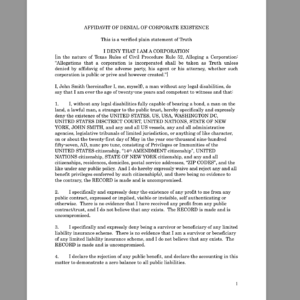
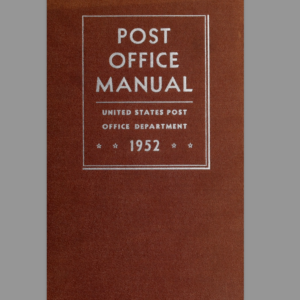
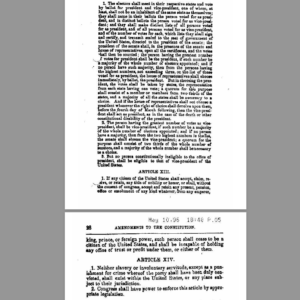

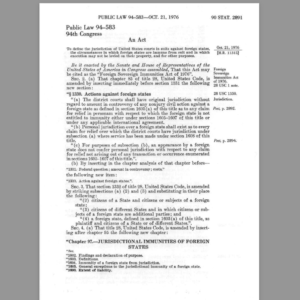

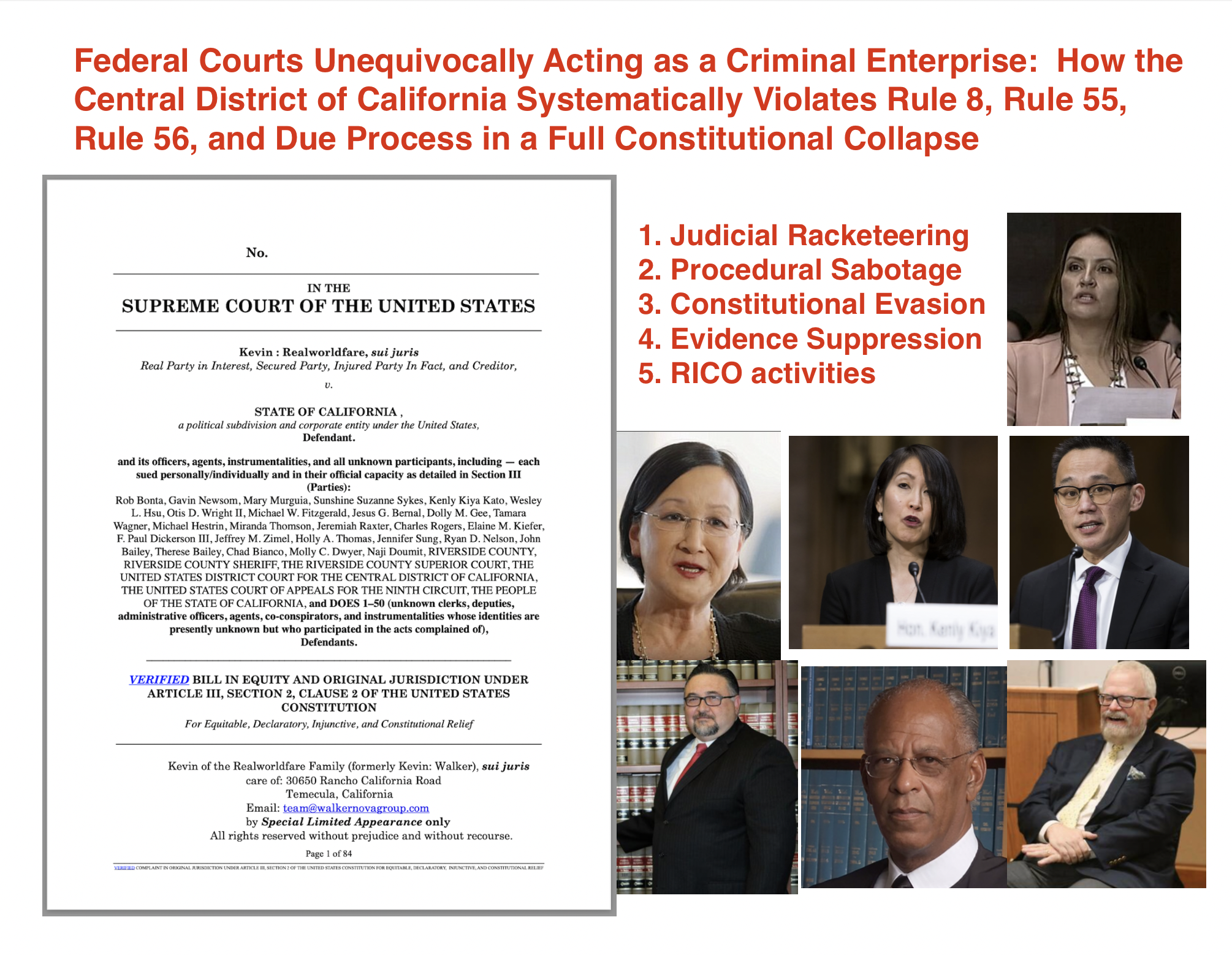


Recent Comments